Johann Zick (1702-1762)
Get a Johann Zick (1702-1762) Certificate of Authenticity for your painting (COA) for your Johann Zick (1702-1762) drawing.
For all your Johann Zick (1702-1762) artworks you need a Certificate of Authenticity (COA) in order to sell, to insure or to donate for a tax deduction.
Getting a Johann Zick (1702-1762) Certificate of Authenticity (COA) is easy. Just send us photos and dimensions and tell us what you know about the origin or history of your Johann Zick (1702-1762) painting or drawing.
If you want to sell your Johann Zick (1702-1762) painting or drawing use our selling services. We offer Johann Zick (1702-1762) selling help, selling advice, private treaty sales and full brokerage.
We have been authenticating Johann Zick (1702-1762) and issuing certificates of authenticity since 2002. We are recognized Johann Zick (1702-1762) experts and Johann Zick (1702-1762) certified appraisers. We issue COAs and appraisals for all Johann Zick (1702-1762) artworks.
Our Johann Zick (1702-1762) paintings and drawings authentications are accepted and respected worldwide.
Each COA is backed by in-depth research and analysis authentication reports.
The Johann Zick (1702-1762) certificates of authenticity we issue are based on solid, reliable and fully referenced art investigations, authentication research, analytical work and forensic studies.
We are available to examine your Johann Zick (1702-1762) painting or drawing anywhere in the world.
You will generally receive your certificates of authenticity and authentication report within two weeks. Some complicated cases with difficult to research Johann Zick (1702-1762) paintings or drawings take longer.
Our clients include Johann Zick (1702-1762) collectors, investors, tax authorities, insurance adjusters, appraisers, valuers, auctioneers, Federal agencies and many law firms.
We perform Johann Zick art authentication, appraisal, certificates of authenticity (COA), analysis, research, scientific tests, full art authentications. We will help you sell your Johann Zick or we will sell it for you.
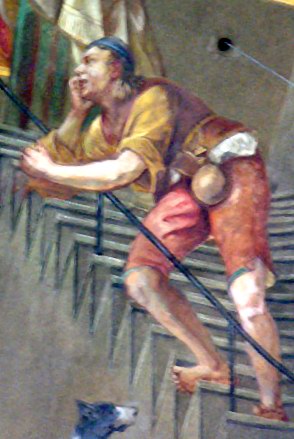
Johann Zick was a German painter of frescoes in southern Germany and active during the Baroque period. He was the father of painter Januarius Zick and considered to be an important master of the Late Baroque.
Johannes Zick was born in 1702 in Lachen, part of the territory of the Prince-Abbot of Kempten in the Unterallgäu in modern-day Bavaria, where he started his career as a blacksmith in his father’s workshop. From 1721 to 1724, Zick was apprenticed to the Konstanz court painter Jacob Carl Stauder. They both painted the frescoes on the ceiling of the church Mariahilf in Munich.
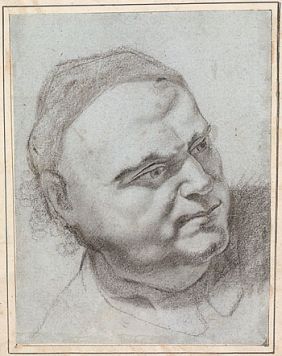
Zick moved with his family to Munich in 1728, where he was appointed court painter to Prince Bishop Duke Johann Theodor of Bavaria. Johannes Zick’s further development as a painter of frescoes was stimulated by the Asam brothers, who were active in Munich at the time. Johannes Zick worked extensively in Upper Swabia between 1744 and 1749. Due to his employment in Upper Swabia, his family followed him there in 1746, living either in Schussenried or in Biberach an der Riß. In 1746, Zick painted the frescoes on the ceiling of the central nave at the church St. Martin in Biberach an der Riß, and following his design, the other naves were reconstructed and painted with frescoes in 1747.
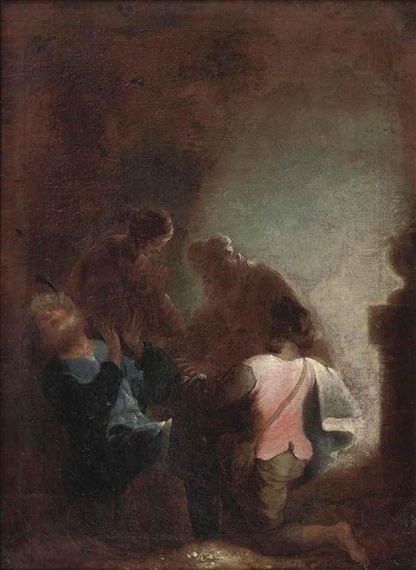
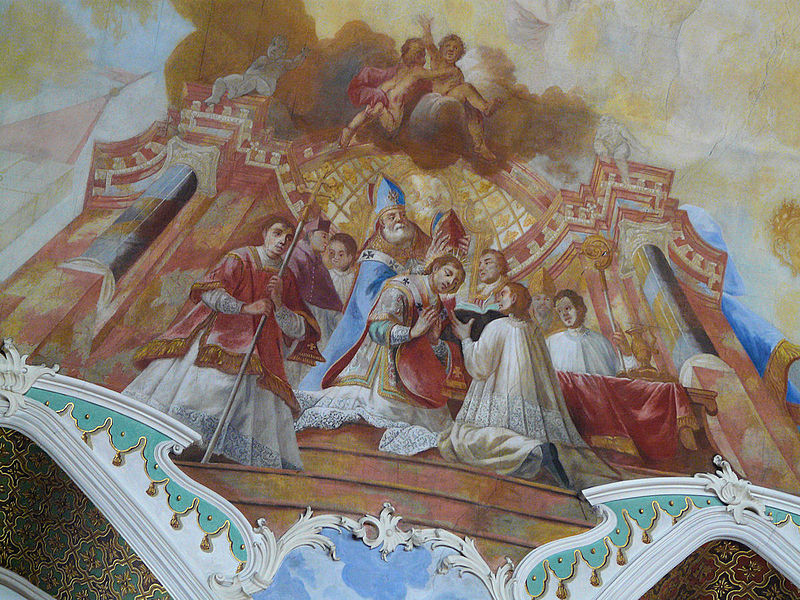
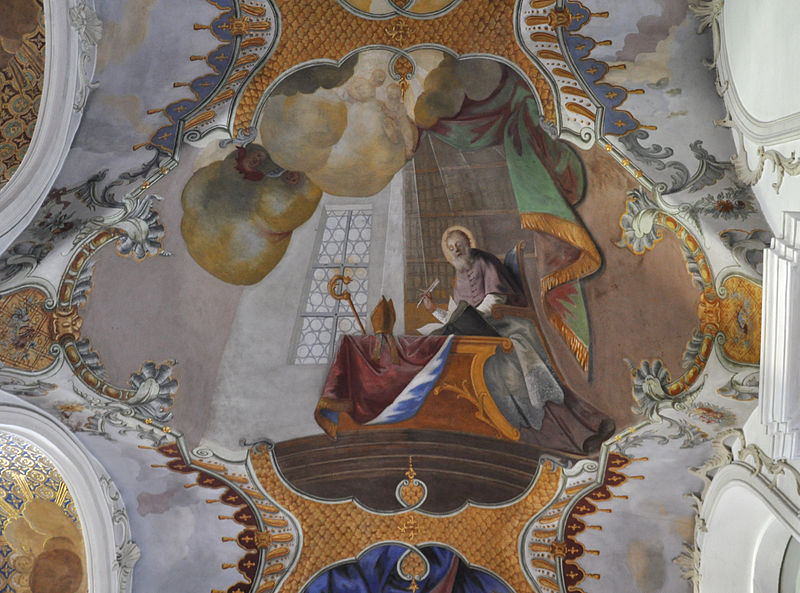
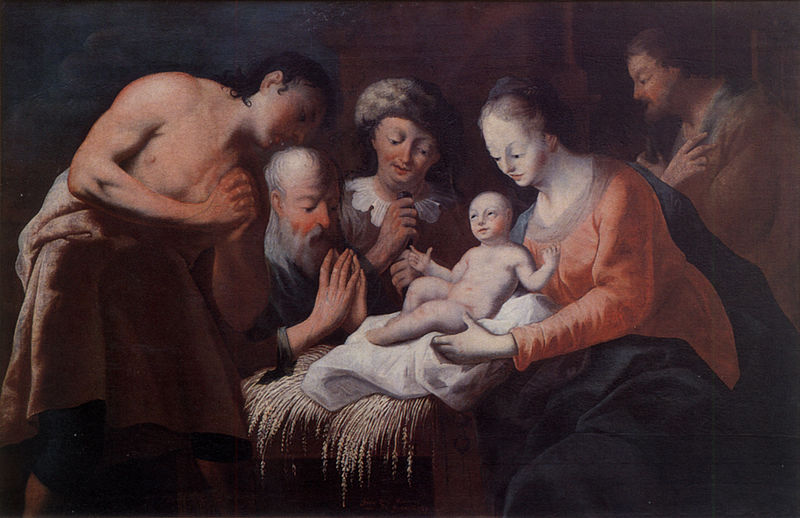
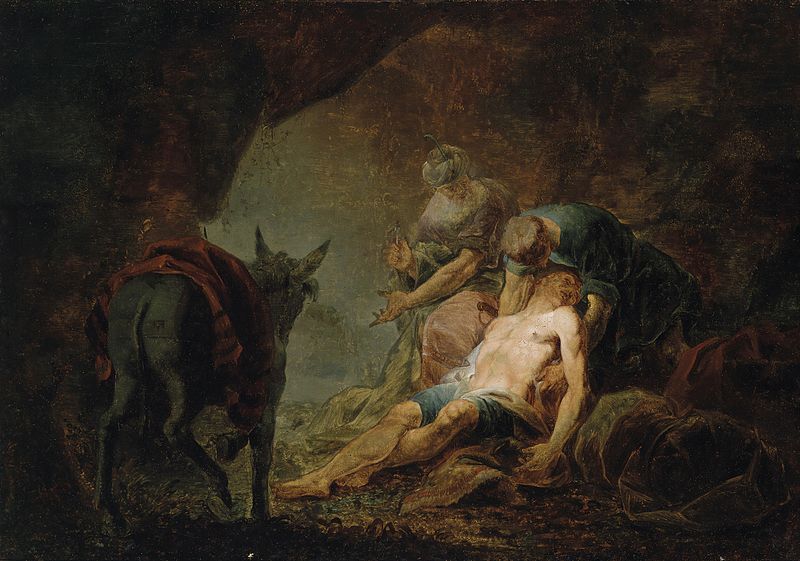
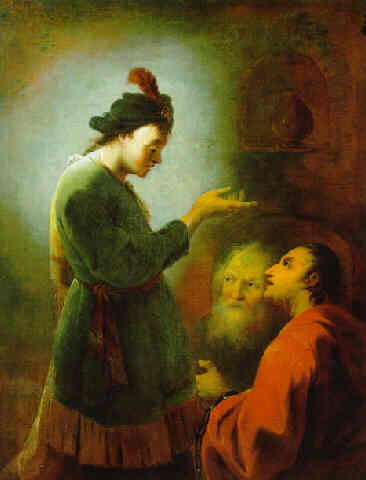
Around 1750, Zick moved to Würzburg where he painted the frescoes in the so-called garden room at the Würzburg Residence, the dwelling place of the Prince Bishop of Würzburg. For nine years, between 1751 and 1759, he furnished the residence of the Prince Bishops of Speyer in Bruchsal with paintings. Johannes Zick died in Würzburg in 1762. Still wondering about an 18th century German painting in your family collection? Contact us…we are the Johann Zick experts.
